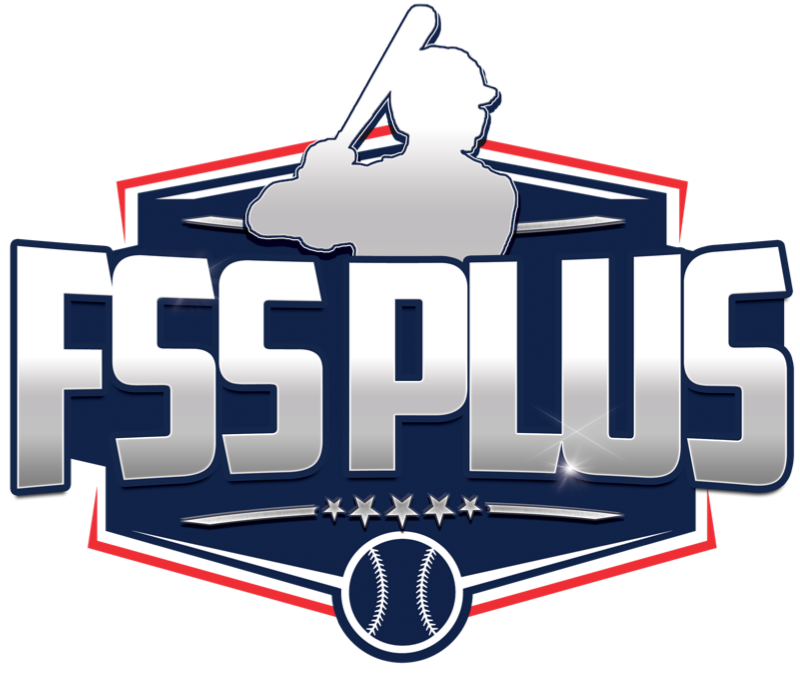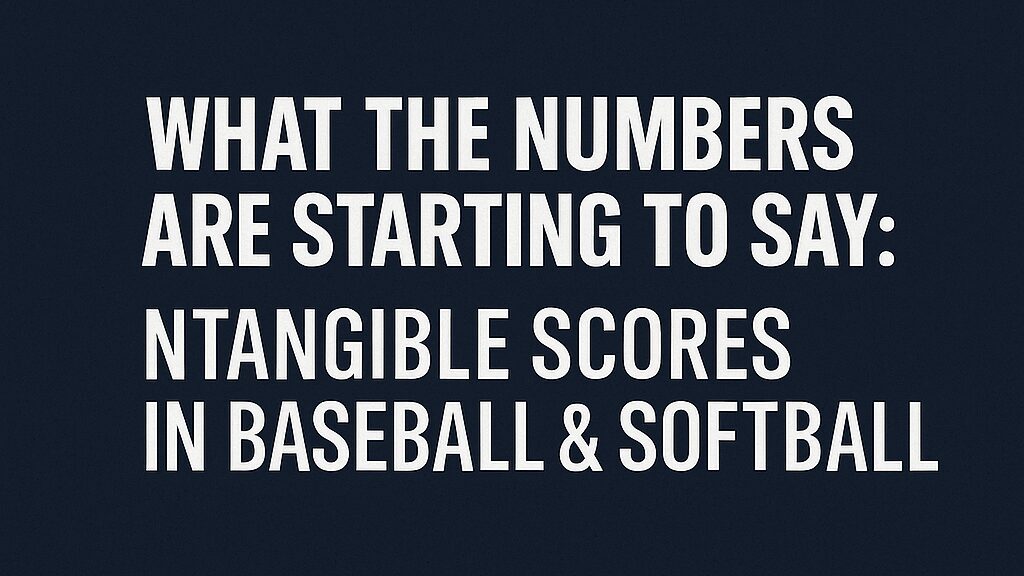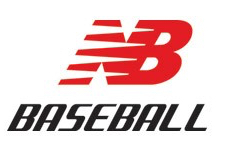It’s still early, but the data is getting loud.
Our team is currently in a further data deep dive in preparation for some peer-reviewed submissions by our team of psychologists, and we’ve been analyzing NTangible scores for interesting correlative findings. Specifically, how they line up with college commitments, performance history, and also some other tidbits that we need to dive into further.
The patterns emerging aren’t just interesting, they’re actionable. Below are some of the clearest trends we’re seeing:
The 750+ Tier: Where D1 Dreams Get Real for HS players

Across every dataset we’ve analyzed so far, high school athletes scoring 750 or higher on the NTangible scale are separating themselves. What used to be “gut feel” now has data behind it.
- Around 95% of all college-committed athletes scoring 750+ are going Division 1.
- Athletes in that top range are more than twice as likely to commit to a D1 program compared to athletes scoring below 750.
This is a powerful threshold. These athletes consistently test higher in composure, decision-making, and performance under pressure; traits that don’t just predict success, they scale with competition level. It’s becoming clear that the > 750 score isn’t just a reflection of current ability; it’s a marker of future potential. And in many cases, it’s highlighting players who can compete at higher levels of play.
Our HS partner athletes (Future Stars Series/Alliance Fastpitch) are Built Different

When establishing initial partnerships with our HS youth sports partners, we didn’t just want numbers; we wanted the best. And selecting to work with Future Stars Series and Alliance Fastpitch has shown that these players are different than regular athletes.
Across hundreds of players, the average score of an FSS athlete is 711, well above the general high school baseball average of 668. With Alliance (albeit early), we are seeing similar gaps between talent as well. These gaps matter.
What this is telling us is that these orgs aren’t just attracting elite physical talent; they’re curating athletes who are wired differently. These are players who are showing up with higher internal stability, sharper in-game instincts, and the kind of mindset that translates at the next level. And the score captures that.
This has become a core differentiator for us: events and organizations that invest in elite development are now able to quantify the mental gap between their athletes and the national average.
Former Pros Decline, Unless They Stay in the Game

We’ve had the opportunity to test a number of ex-pros (mostly in baseball) and we’ve noticed a trend that hits home: scores tend to decay post-retirement, especially for those who step fully away from the game.
But for those who remain involved, coaching, mentoring, and staying around competition, the scores stay remarkably intact. The takeaway: Mental performance is a skillset that erodes without exposure. High-level decision-making, anticipation, and emotional regulation do not stay sharp on their own. Just like physical strength fades when the workouts stop, the mind needs reps. For current pros and high-level athletes, this opens up a conversation around the idea that clutch is a life skill, but dependent to a degree of how engaged they are.
Injuries Leave a Mental Scar, Longer Than the Physical One

One of the more sobering trends we’re tracking: recent injuries are heavily impacting NTangible scores, often long after an athlete is medically cleared.
We’re seeing declines in confidence, decision-making speed, and overall cognitive sharpness, all of which can remain suppressed for weeks (or months) after return-to-play. The body may be ready, but the mental engine hasn’t caught up.
This is especially true in athletes returning from surgeries or multi-month rehabs. They may look 100% in a workout, but internally, they’re still regaining trust, composure, and rhythm. NTangible helps coaches, trainers, and recruiters see beyond the highlight reel and track real recovery. It gives them a fuller picture of readiness, not just who’s healthy, but who’s mentally game-ready.
The Bottom Line
Every coach, scout, and recruiter talks about “the mental side”. But until now, it’s been intangible. NTangible is changing that.
These aren’t guesses or gut instincts. This is measurable, consistent data across hundreds of athletes, and it’s already reshaping how teams evaluate potential, manage return-to-play timelines, and identify high-upside talent early.
We’ll keep publishing insights as the dataset expands, but even with the sample size today, the implications are real:
- Top-tier scores = elite trajectory
- Development programs = measurable mental gains
- Injury and inactivity = measurable decline
This is where mental meets measurable, and it’s just getting started.
This story was originally published here.












